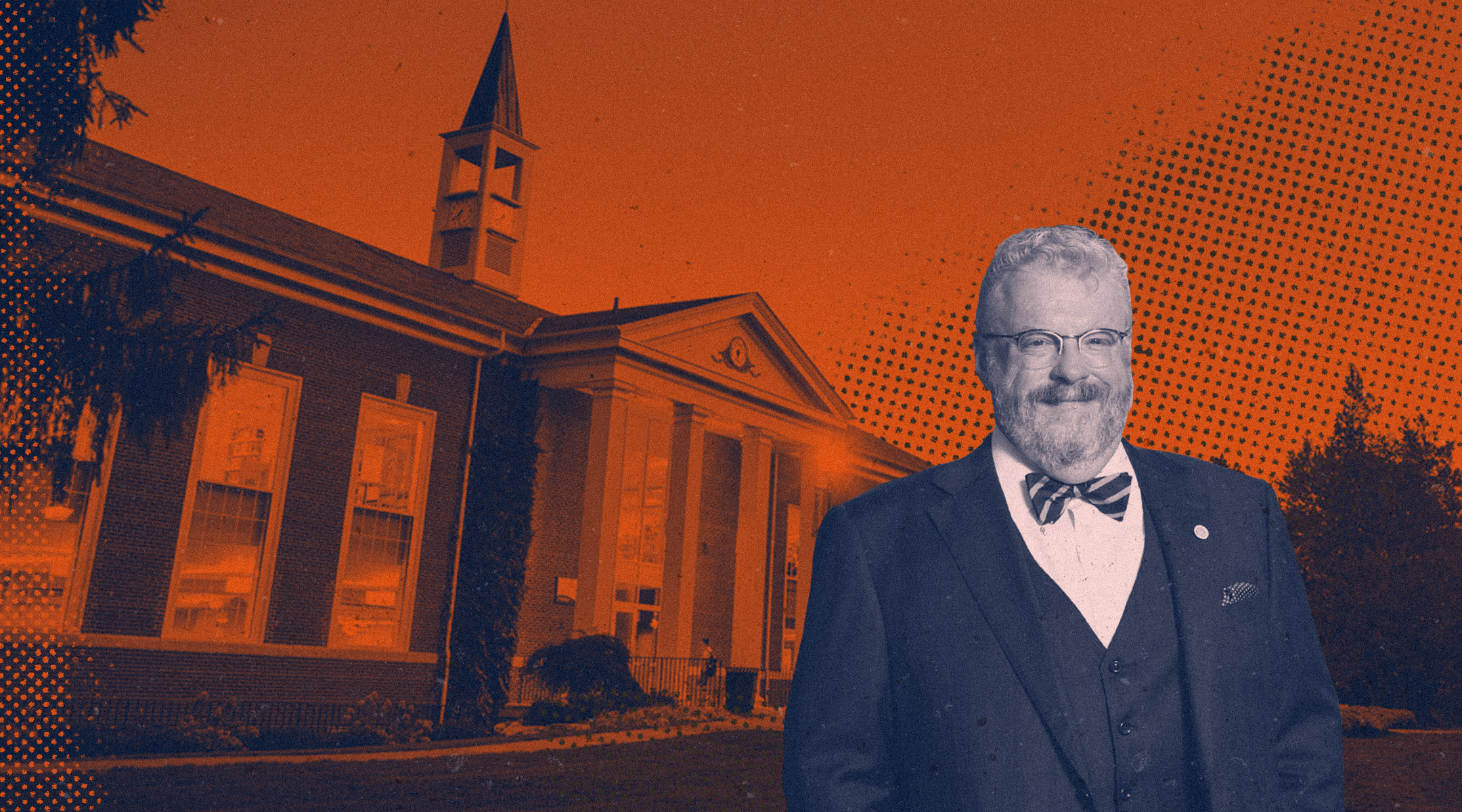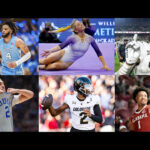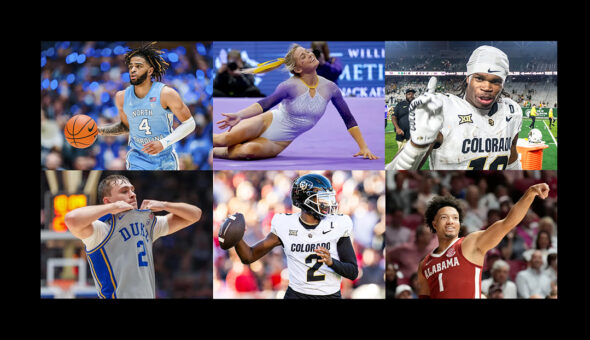When I was Dean at Sweet Briar, we had a very effective integrated recruitment campaign. The tagline, “Think is for Girls,” was not initially popular among faculty and staff, but we tested it with prospective students and it resonated. The materials prompted rich conversations about the life of the mind and campus opportunities between prospective students and our admissions staff. Most importantly, enrollment, revenue, and the academic profile of the student body all improved. Marketing helps the uninitiated to recognize the strengths of an institution.
I have been delighted that there is a widespread appetite verging on a hunger for bold marketing at Susquehanna among faculty, staff, alumni, and trustees. There is a palpable “high-tides-lift-all-boats” understanding and a student-centered philosophy on our campus. This has promoted a desire among all constituencies to help students who would benefit from the transformational education available at Susquehanna to recognize and seize that opportunity. That requires effective marketing.
We renamed the University Communications Office, “Marketing and Communications.” The order matters.
Shortly after I arrived at Susquehanna, we renamed the University Communications Office, “Marketing and Communications.” The order matters. We have hired a new VP, and a marketing strategy is an integral part of our strategic planning. As we have engaged in that work, I have been reflecting on the qualities I most hope to see in the marketing colleagues we recruit to our staff. These include:
- Good listeners: To effectively promote the story of the University, staff members need to internalize the student experience and the work of the faculty and staff. Messages need to be authentic. I want talented students to come to Susquehanna and thrive, which requires encountering what we offered them.
- Elegant writers: Marketing materials need to be clearly and engagingly written, and they have to reflect an intellectual environment. Eloquent and compelling win the day.
- Commitment to Liberal Education: Staff members have to believe passionately in what we are offering. Sadly, many of the loudest voices in the media and the public square are systematically undermining the public’s understanding and value of higher education, especially the liberal arts. We are fighting for the future of civilization, which requires a convert’s zeal.
- Able to think outside of higher education: Most prospective students and their families don’t live on university campuses, and even parents who are college graduates don’t have the same native fluency of collegiate life as those of us who spend our careers in higher education. We need to promote the strengths of a Susquehanna education authentically, but also meaningfully for our audience.
- Systematic in testing messages: I was involved in a recruiting effort that used a series of brief print pieces. We had tested the initial piece with first- and second-year students, and they loved it. One colleague shared it with her high-school daughter and her friends, they didn’t get it. One semester’s experience on a campus made the message magical for our current students, and a lack of that experience made it meaningless to the very population we were hoping to reach.
- Strategic: An effective marketing effort requires an integration of messaging for a broad range of constituents: prospective and current students, families, alumni, employees, the surrounding community, and funders. Each group needs to be engaged, and all the spokes of the wheel must have cohesion.
Our Mission Statement reads: Susquehanna University educates students for productive, creative and reflective lives of achievement, leadership, and service in a diverse, dynamic and interdependent world.
I regularly state that the world needs Susquehanna graduates now more than ever. A bold and thoughtful marketing effort will help ensure that we have the students and the resources to boldly fulfill our mission in perpetuity.








